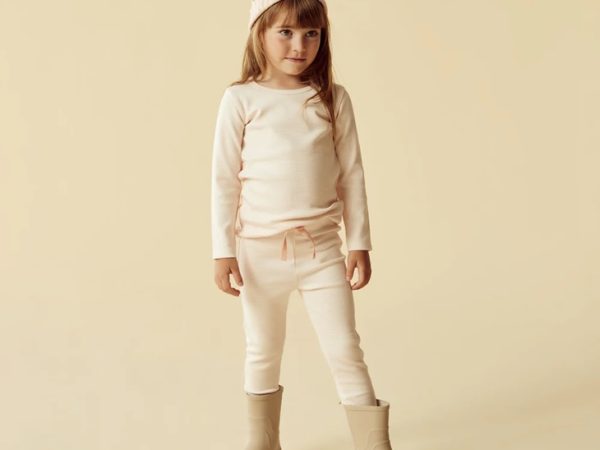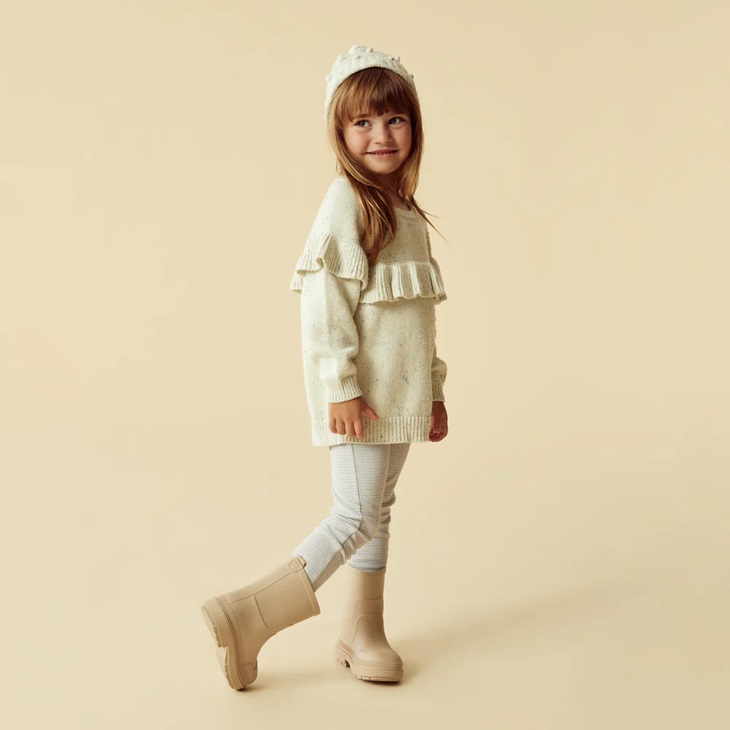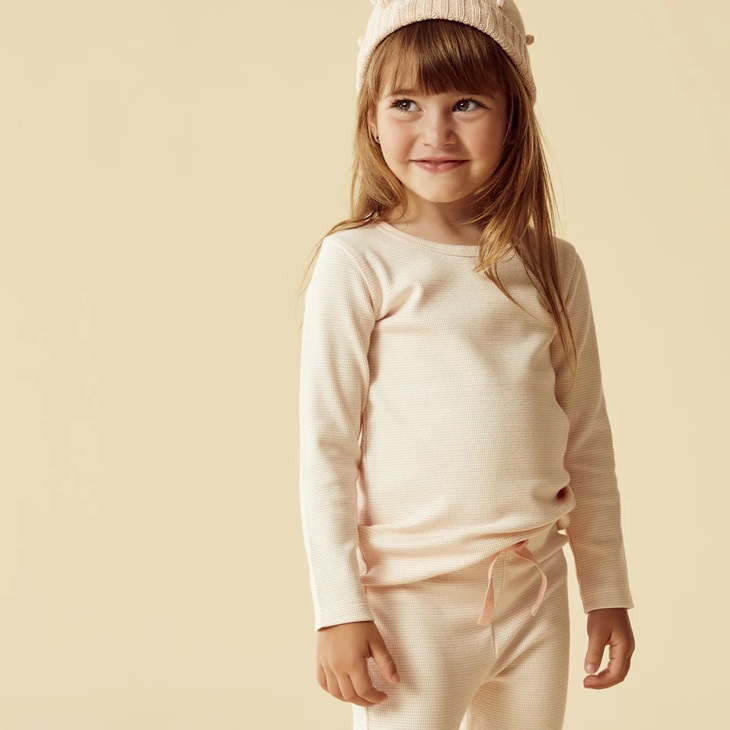26
Mar

As parents, we aspire to provide the best for our little ones, from the food they eat to the baby clothes they wear. Therefore, in recent years, there has been a significant shift towards organic and eco-friendly products that promise comfort and style and a commitment to health and environmental stewardship. If you’re new to this and don’t know where to start but still want the safest clothing alternative for you child, the following guidelines might give you a hand.

Wrap your little bundle of joy in utmost comfort with safe and soft to the skin organic kids’ clothes made from the finest selection of fabrics. These fabrics are cultivated and processed without harmful pesticides, artificial fertilizers, or genetically modified organisms (GMOs).
The most common fabric you’ll encounter is organic cotton, prized for its softness, durability, and breathability. Unlike conventional cotton, organic cotton farming emphasizes ecological balance and biodiversity, ensuring the fabric touching your baby’s skin is as pure and natural as possible.
Infants’ skin is especially fragile, making it more prone to irritation than adult skin. Organic cotton, grown without the use of harsh chemicals, pesticides, or artificial fertilisers, offers a clean and gentle alternative. It minimises the danger of allergic reactions, rashes, and skin irritations caused by non-organic cotton and its chemical residues. This natural fabric ensures that your baby’s skin only comes into contact with the softest, most natural materials.
Additionally, organic cotton provides unsurpassed comfort due to its suppleness and breathability. It helps to regulate body temperature, keeping newborns warm in winter and cool in summer. This natural fabric absorbs moisture while allowing air to flow, reducing overheating and keeping your baby comfortable whether asleep or awake. Organic cotton’s resilience also means that it may tolerate much washing while remaining soft and comfortable over time.
In terms of durability, organic cotton fibres are durable and do not pill or disintegrate when washed, making them ideal for baby clothes and reusable baby wipes. They do not get rough and shabby as well.
Bamboo is a high-yield, carbon-neutral plant that absorbs tons of CO2 and produces more oxygen than most other woody plants. It is also grown utilising energy-efficient methods and chemicals.
Because bamboo is a robust woody plant, it is often treated with harsh chemicals that convert it into soft fibres. So, many businesses that advertise bamboo baby garments may be utilising chemically treated bamboo viscose.
However, this doesn’t imply that all bamboo clothing is detrimental to the environment. This material option may be turned into soft fabric using conventional procedures such as mercerisation (natural enzymes) that are environmentally friendly. To keep your baby cool and comfortable, bamboo is a naturally hypoallergenic fabric with moisture-wicking and thermo-regulating properties.
TENCEL™ Modal fibres produce soft, flexible, and environmentally friendly fabrics. The TENCEL™ modal fibres are produced from wood, which are then turned into fabric utilising low-emission technologies. The National Eczema Association recommends this fabric because it prevents rashes and skin irritation, making it ideal for a baby’s extremely sensitive skin.
Muslin is one of the most delicate and lightweight fabrics available, making it a popular choice for baby products, particularly infant swaddling blankets. Although it is often manufactured from cotton yarn, including organic cotton, muslin is more breathable due to its plain, open weave. Its absorbency is likewise low in comparison. It absorbs sweat and water and dries rapidly, keeping your baby cool even in the warmest and most humid situations.
Organic kids’ clothes typically go through hundreds of washing. So you need a fabric that does not wear off or pill and keeps its shape wash after wash. In other words, you will need a linen. This flax-plant-based ultra-durable fabric withstands daily use and multiple wash cycles. It’s also naturally breathable, skin-friendly, and one of the most sustainable plant-based materials you can use for your baby’s clothing.
When the temperature drops, your infant requires something warm. Wool is a timeless staple for keeping your newborn warm. It also possesses antimicrobial properties. Wool is also biodegradable and environmentally friendly because it is taken from nature. The only thing you need to make sure when getting kids’ clothing made of wool is that the brand you’re purchasing obtains wool ethically and adheres to cruelty-free guidelines.

When shopping for kids’ clothes made from environmentally friendly materials, make sure the companies you choose have publicly posted certifications on their websites. This aspect ensures that the garment meets particular environmental and social standards.
Good certifications to look for are GOTS (Global Organic Textile Standard), OEKO-Tex (which promotes textile confidence and sustainability), MADE SAFE, and STeP.
These materials are not only gentle on your child’s skin, but they also do not include any of the hazardous chemicals utilised in typical cotton growing. This is not only important for the environment, but it can also help babies with allergies or skin issues.
To preserve the fabric’s integrity, wash organic baby garments using gentle, eco-friendly baby detergents. Avoid bleach and instead use natural stain removers. Air drying is ideal for maintaining the fabric’s inherent softness and extending the garment’s life.